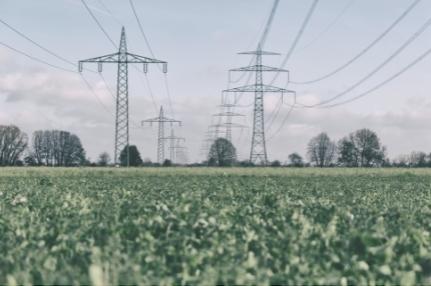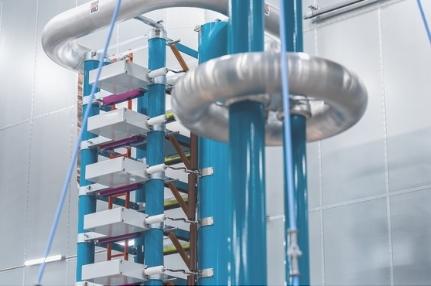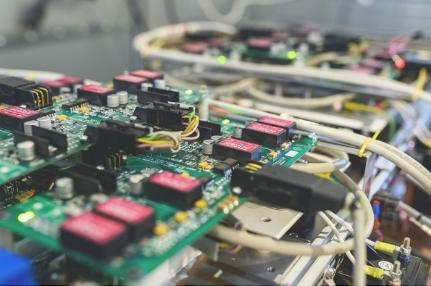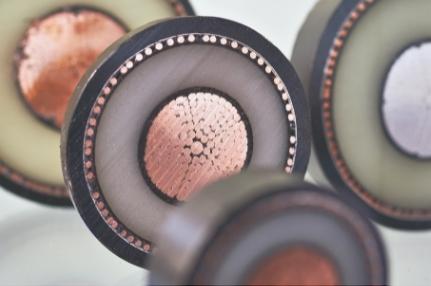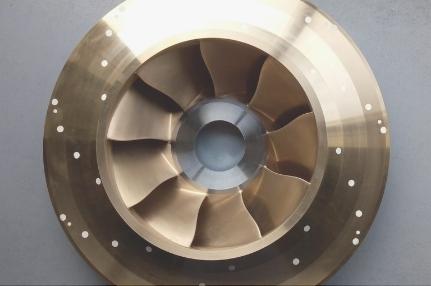Research & Collaboration
What makes us unique?
SuperGrid Institute owes its success to the people who make up our various research departments. Our teams come from diverse backgrounds in industry and academia, and their wealth of experience and skills make the Institute unique. Each individual brings specific expertise to the table.
This melting pot of knowledge offers opportunities for specialists from different fields to collaborate on new and innovative solutions to technical problems.
The Institute also benefits from close collaborative relationships with industry and academic institutions. The complementary strengths of our partners provide insights and innovative approaches to technical challenges. At the same time, we retain total independence in our research. Public-private investments and collaborative projects finance our work.
SuperGrid Institute’s state-of-the-art research facilities, test platforms and laboratories at the Villeurbanne and Grenoble sites are key to the success of our five research departments.

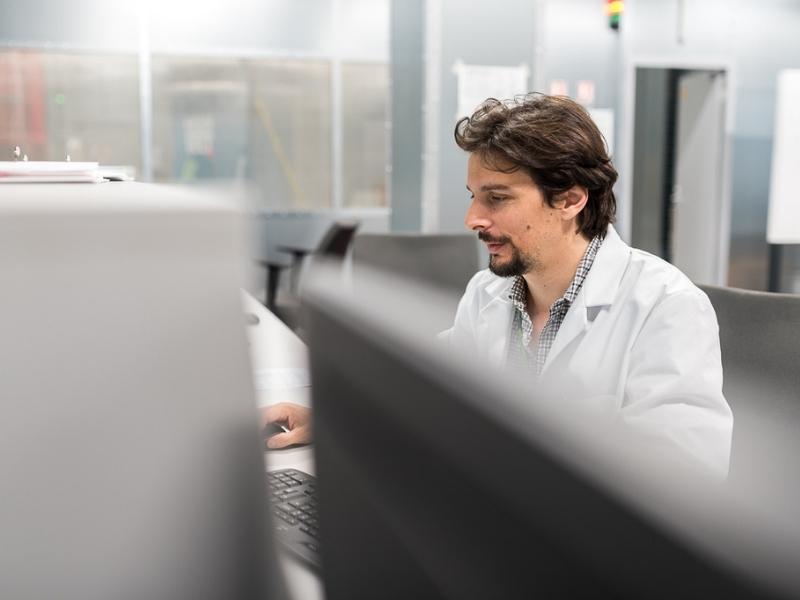
Latest scientific publications
Open-Delta SBC: a New Converter Topology with Low Number of Sub-Modules for MV applications
This paper aims at giving a contribution to this field by proposing a new converter topology for MVDC applications.
Experimental study of the reduction and removal of turn-on snubber and its limiting di/dt clamp inductor for IGCT based MMC submodule using fast silicon diodes
The goal of this study is to determine if the snubber can simply be removed in IGCT if fast enough freewheeling diodes are used.
DC-MMC with reduced number of sub-modules providing fault blocking capability in HVDC Grids
This paper proposes to use a main switch instead of adding sub-modules in the topology to provide fault blocking capability.


